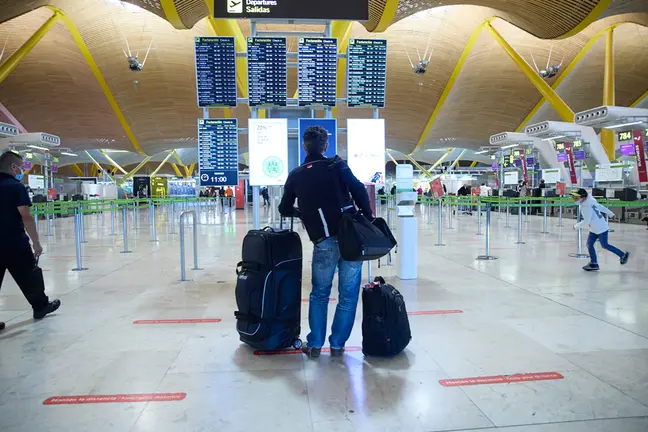In Finland, coronavirus tests were conducted to either at-risk, severely ill or health care personnel. At most, 1,500 tests can be performed by eight laboratories in a day.
Mika Salminen, Director of Health at the National Institute for Health and Welfare (THL) said to Helsingin Sanomat, “There are not as many tests a day as possible, but we need”.
In Finland, not all quarantined health workers have been tested so far. On Thursday, Aino-Kaisa Pekonen, Minister of Social Affairs and Health said that testing in some areas has been congested.
This week, the Finnish government promised more money to increase test capacity but increasing test capacity does not mean everybody will be tested. Coronavirus testing is done primarily on those in the hospital and on healthcare personnel.
Salminen said, "The test is not a cure. It is perfectly understandable that people have concerns about their own health. However, the tests should be conducted where they are effective, not where there is a concern. Those who may be sick at home do not benefit from testing.”
WHO recommends the opposite
"We are trying to increase our testing capacity, but first and foremost we need to ensure that we are ready for treatment," Pekonen said at a press conference.
On the other hand, The World Health Organization (WHO) recommends extensive testing, along with containment. According to WHO this is the key to epidemic management.
Finland’s strategy is different from the WHO. “To be honest, we do not understand WHO's approach to testing. We will not get that disease out of the world anymore. If someone claims this, they do not understand pandemics,” said Salminen.
Instead of stopping the epidemic, Finland’s strategy aims to slow it down, in order to "lower the curve". Then society will overcome the peak of infections, and the already affected population will begin to provide protection as a potential new wave strikes.
Ministry prohibits to disclose figures
In a country that boasts of being one of the most transparent in the world, the Ministry of Social Affairs and Health has instructed hospital districts not to disclose regional figures about coronavirus patients in intensive care.
The number of patients in need of intensive care is crucial, as the coronavirus epidemic has been assessed as pushing the limits of healthcare carrying capacity.
Päivi Sillanaukee, Director General of the Ministry of Social Affairs and Health, justified the instructions given to the health care districts by the protection of privacy. Currently, the number of people in intensive care is so small that information in the public domain could be linked to a specific person, she explains.
Sillanaukee said, "By the way, we do not inform how many patients we have at any given time." Sillanauke claimed that the purpose is not to obscure information, but to provide as clear information as possible.
On Friday, THL will be giving an estimate of how the need for intensive care units will develop during the epidemic.
Heavy intensive care, such as respiratory therapy, is provided in university hospitals and central hospitals.
At present, there is no regional information on the capacity of intensive care units in hospital districts, because the information is centralized to THL.













